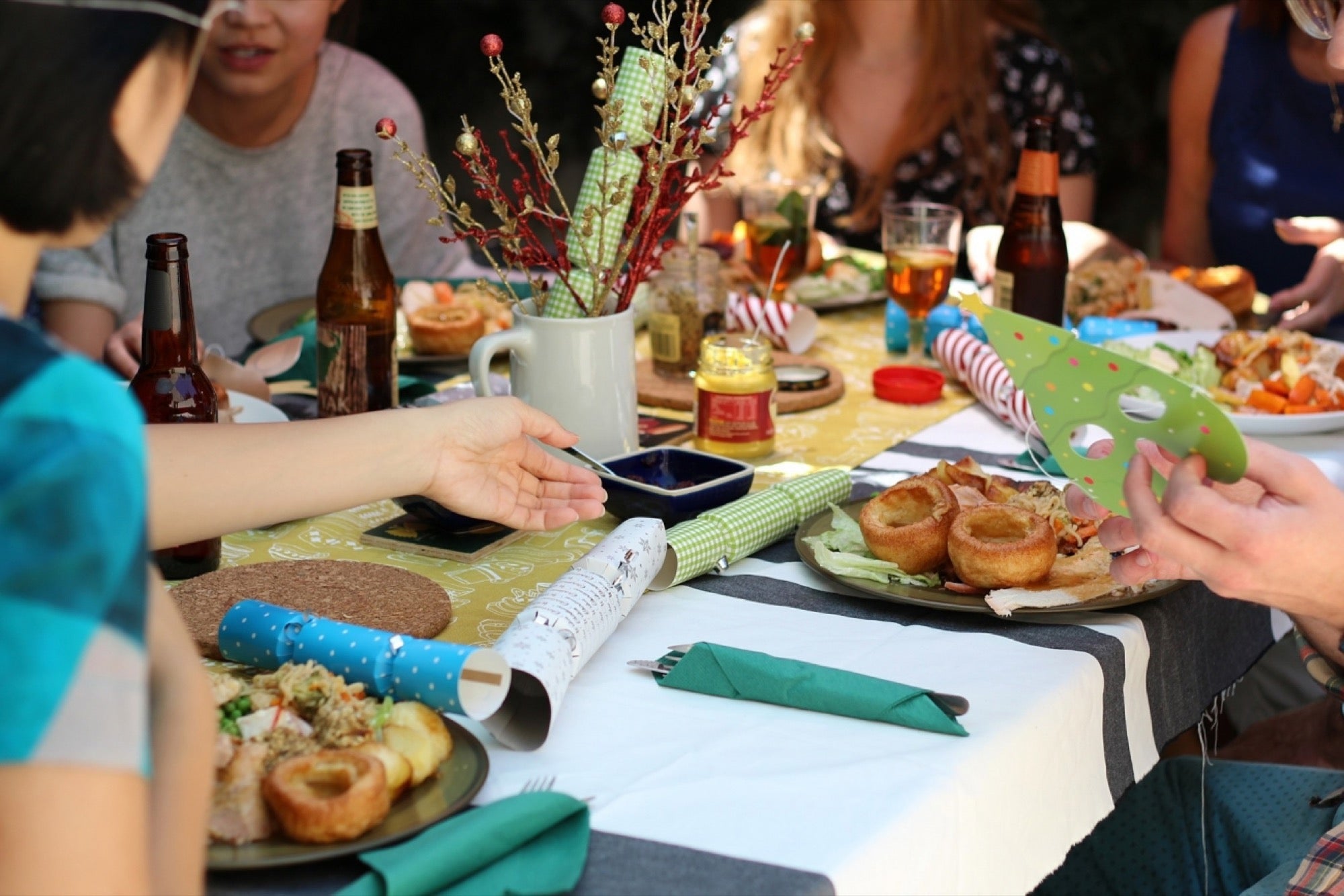We often concentrate on the ambiance and the food when we dine out. We rarely consider the hidden elements that can impact our health. Restaurants, regardless of how clean they are, can harbor germs hidden in many places. Microorganisms are lurking in many unexpected places, from the menus that we handle to our seats. It is important to know where germs can be found to adopt simple habits that will protect us. This article will reveal the 15 dirtiest items in every restaurant to help you dine safely and stay informed.
Bathroom faucets and door handles
A study found that bathroom door handles and faucets can harbor as many as 40,000 bacteria per square inch. It’s not surprising that these surfaces are a breeding ground for bacteria, as they are touched by multiple people throughout the day. Use a paper towel to wipe your hands after using the bathroom. You can also use hand sanitizer.
Menu
Menus are often the first things we touch when entering a restaurant. They can be a breeding ground for bacteria. Research has shown that menus contain 100 times as many bacteria as a toilet seat. The main reason for this is that menus are not cleaned often and are handled multiple times throughout the day. Consider sanitizing hands after handling a menu or using an alcohol-based wiping solution before browsing the options.
Tabletops and condiment holders
Tabletops and condiment holders are next on our list. The surfaces are often touched by customers, and they are not cleaned properly between uses. This makes them breeding grounds for bacteria. Additionally, condiments such as ketchup or salt shakers may harbor germs due to repeated handling. Consider wiping the table down with disinfectant wipes before eating, and avoid sharing condiments.
High Chairs & Booster Seats
High chairs and booster seats are often a necessity for families with small children dining out. These items are not always cleaned properly in restaurants. They can therefore harbor germs from past patrons. Consider bringing your portable high chair to protect your child or wiping the seat down with disinfectant wipes before use.
Flooring and Carpeting
Even though most restaurants maintain a regular schedule of cleaning their floors, even the floors that appear to be clean can harbor bacteria. It’s especially important to be aware of this in carpeted areas where food and spills can easily get trapped within the fibers. Avoid placing personal items or bags on the floor. Wear shoes instead of going barefoot to minimize your exposure.
Hand Dryer
You can use the hand-dryer after washing your hands. It’s also important to keep in mind that hand dryers can be touched by many people during the day, and therefore harbor germs. Use a paper hand towel or a personal towel to dry your fingers instead.
Lemon Wedges
Although adding a wedge of lemon to your soda or water may seem harmless, it could introduce harmful bacteria. ABC News conducted a study that found that almost 70% of the lemon wedges from different restaurants contained traces of fecal matter. It is usually because lemons have been handled by several people, and they may not have been properly cleaned before use. Consider squeezing the lemon over a towel or skipping the wedge to avoid these germs.
Utensils
Restaurants are indeed responsible for cleaning their utensils and sanitizing them, but it is important to keep in mind that if they are not handled properly, they can harbor germs. This is particularly true when dining at a buffet, where the utensils will be shared by multiple diners. Use a hand sanitizer to protect yourself before and after using utensils. You can also ask for newly cleaned utensils.
Glasses and Cutlery
If not cleaned properly, cutlery and glasses can harbor germs left by previous customers. Lipstick stains may not only be unsightly, but they could also indicate bacteria. Consider using disposable cutlery and glasses to minimize your exposure.
Ice
It may seem that ice is a harmless ingredient in our drinks, but it can harbor bacteria from the machine that makes it or from contaminated hands. Ice scoops can also be stored in the same containers as other kitchen items, which increases the risk of cross-contamination. Ask for drinks that do not contain ice, or use a straw instead to avoid coming into contact with the ice.
Tablecloths, Napkins, and More
The tablecloths and napkins look clean, but can harbor germs due to repeated handling and spilled food. They are also not always changed between customers, which increases the risk of cross-contamination. Consider using a paper or cloth napkin as a way to protect yourself from potentially contaminated surfaces.
Salad Bar Tongs
Salad bars can seem like an attractive and healthy option. However, this may not be true. Tongs are used to serve salads in many cases, and they’re not washed between customers. The germs from their hands will easily be transferred to your food. Consider using a fresh plate each time you visit the salad bar, or ask for tongs that have been freshly cleaned.
Reusable containers and bags
More people are using reusable containers and bags due to the popularity of food delivery and takeout services. These items can harbour germs if they are not cleaned properly. Be sure to wash the containers and bags thoroughly after each use.
Booths and Seats
Seats and booths may not seem like a place where germs can hide, but they are actually a breeding ground for bacteria that is spread by previous customers through their sweat, oil, and skin cells. Consider using a disinfectant on the table and seat before you sit down, or bring your own portable seat covers to minimize your exposure.
Cash Registers
Cash registers are also a breeding ground for germs, due to multiple people handling money and cards throughout the day. Consider using contactless payment options or washing your hands after touching money or the card reader.

